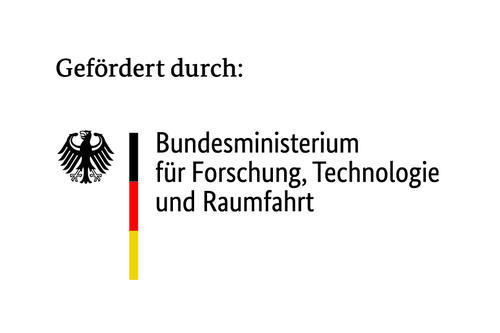A5: Verbesserung der Darstellung und des Verständnisses der stärksten Hitzewellen in Mitteleuropa und Einfluss des Klimawandels (DesAttHeat)
Infolge der globalen Erwärmung ist sowohl mit einer Zunahme der Häufigkeit als auch der Intensität extremer Hitzewellen in Europa zu rechnen. Während die thermodynamischen Beiträge zu Veränderungen von Hitzewellen bereits recht gut verstanden sind, sind die dynamischen Beiträge mit hohen Unsicherheiten behaftet. In Mitteleuropa ist das Auftreten von Hitzewellen an bestimmte großräumige dynamische Konstellationen geknüpft, darunter persistente Rücken oder Omega-Blockierungen. Diese sind mit sich langsam bewegenden oder stationären Rossby-Wellenzügen hoher Amplitude assoziiert.
Das Projekt wird in Kooperation mit zwei Partnern durchgeführt, dem Karlsruher Institut für Technologie (KIT) sowie Hereon. Der Beitrag des KIT fokussiert sich auf den Zusammenhang zwischen atmosphärischer Dynamik und Hitzewellen sowie auf die potenzielle Veränderung dieses Zusammenhangs in einem zukünftigen Klima. Für eine statistisch robuste Auswertung seltener Hitzewellenereignisse werden umfangreiche Modellensembles (LAERTES-EU, MPI-GE) herangezogen, welche sowohl vergangene als auch zukünftige Klima-Szenarien umfassen. Von besonderem Interesse ist die Frage, ob subtropische Höhenrücken, die in der jüngeren Vergangenheit für Hitzewellen nur eine untergeordnete Rolle gespielt haben, in zukünftigen Jahrzehnten eine größere Rolle spielen könnten. Die umfangreichen Modellensembles erlauben zudem die systematische Untersuchung von besonders intensiven Hitzewellen. Ziel ist die Identifikation von möglichen dynamischen Einflussfaktoren, durch die sich solche extremen Ereignisse von „normalen“ Hitzewellen abheben. In der zweiten Phase des Projekts wird der Fokus auf die neuen, hochauflösenden Klimamodelldaten (12 km – 3 km) aus den Projekten EURO-CORDEX und NUKLEUS gelegt. Mithilfe dieser Simulationen lässt sich besser abschätzen, inwiefern konvektive Systeme oder großskalige Niederschläge, die sich stromaufwärts von den blockierenden Wettersystemen befinden, die Entwicklung und Dauer von Hitzewellen in einem sich erwärmenden Klima beeinflussen.
Der Beitrag Hereons befasst sich mit der Frage der Attribution des Klimawandels. Dazu werden die stärksten in jüngster Zeit beobachteten Hitzewellen und Dürren mit globalen Storyline-Simulationen simuliert, um den Einfluss der anthropogenen Erderwärmung explizit zu quantifizieren. Es werden drei Klimastadien betrachtet: Vorindustriell, gegenwärtig und +2 °C Erwärmung. Diese Simulationen werden dann mithilfe eines regionalen Klimamodells auf höhere Auflösungen heruntergerechnet. Da sich dieser Ansatz auf thermodynamische Veränderungen konzentriert, ist er eine perfekte Ergänzung zu den oben erwähnten, auf Dynamik ausgerichteten Studien.
Website: DesAttHeat
Institution: Institut für Meteorologie und Klimaforschung, Karlsruher Institut für Technologie (KIT)¹, Helmholtz-Zentrum Hereon (Hereon)²
Kontakt: Dr. rer. nat. Alexander Lemburg1, Prof. Dr. Joaquim G. Pinto1, Prof. Dr. Andreas Fink1, Dalena León Fon Fay2, Dr. Frauke Feser2


